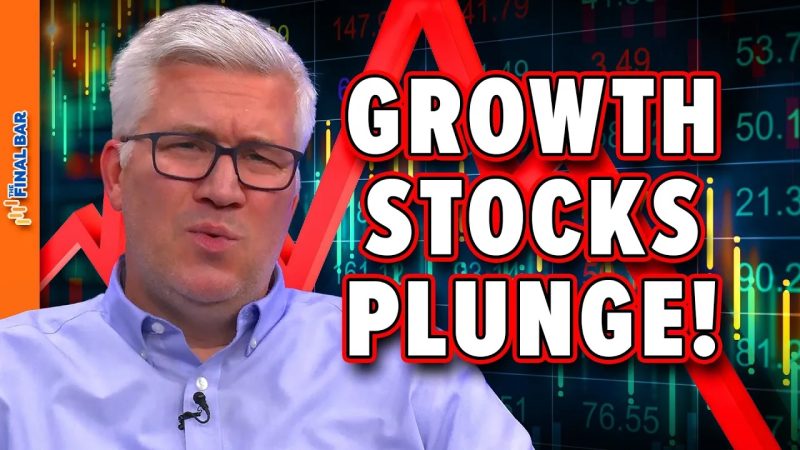The recent performance of the S&P 500 has raised concerns among investors as the index broke a key trendline, indicating a shift in the market dynamics. This development has been particularly impactful for growth stocks, which have experienced a notable decline in value. Understanding the factors behind this shift and its potential implications is crucial for investors navigating these turbulent waters.
One primary reason behind the S&P 500’s break below the key trendline is the rising interest rates. The Federal Reserve’s hawkish stance on monetary policy, aimed at curbing inflation, has led to an increase in borrowing costs. As a result, high-growth companies, which typically rely on cheap financing for their expansion, have seen their valuations suffer. The market has thus favored value stocks over growth stocks in this environment.
Furthermore, the ongoing global supply chain disruptions and inflationary pressures have posed additional challenges for growth companies. These factors have not only increased operational costs but also delayed production and distribution processes, impacting revenue streams. As a result, investors have become more risk-averse, shifting their focus to sectors less vulnerable to these challenges.
The divergence in performance between growth and value stocks reflects a broader shift in investor sentiment towards more stable and mature companies. Value stocks, characterized by their established track records and stable cash flows, have become an attractive option amid market uncertainties. On the other hand, growth stocks, despite their high growth potential, are perceived as riskier investments in the current economic landscape.
Looking ahead, investors should closely monitor macroeconomic indicators and central bank policies to anticipate further market movements. The trajectory of interest rates, inflation, and global economic recovery will be critical factors shaping investment decisions in the coming months. Maintaining a diversified portfolio that balances growth and value stocks can help mitigate risks associated with market volatility and sector-specific challenges.
In conclusion, the recent break of the S&P 500 below a key trendline underscores the evolving market conditions and the challenges faced by growth stocks. Understanding the underlying drivers of this shift and adapting investment strategies accordingly is essential for navigating the current financial landscape. By staying informed and proactive, investors can position themselves to make well-informed decisions in response to emerging market trends.
